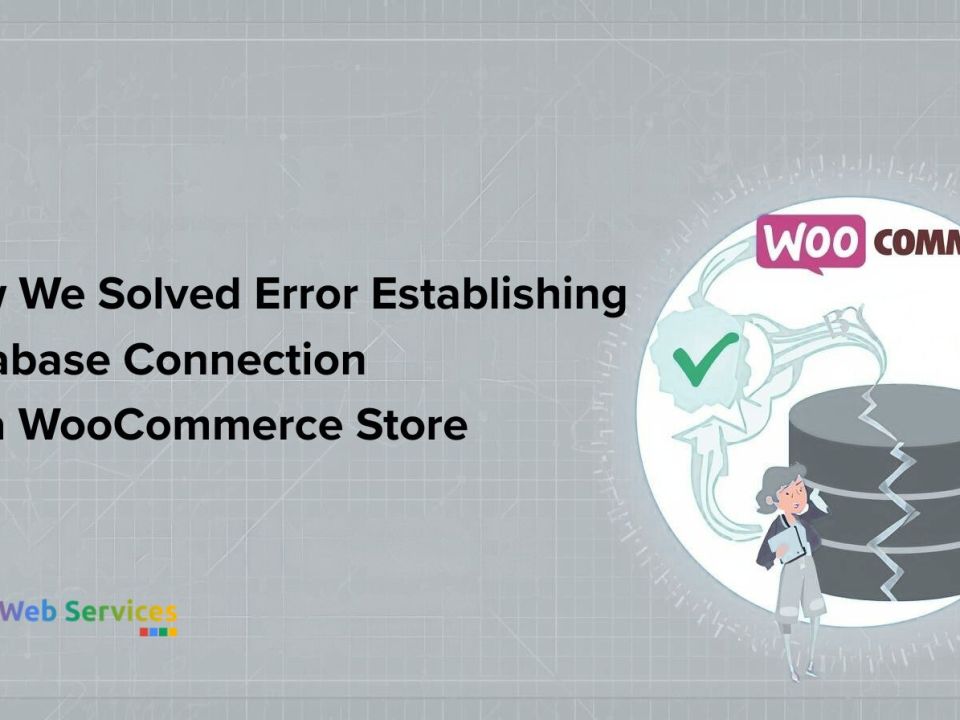
Insurmountable Benefits of Disaster Recovery in Cloud Computing – All You need to Know
7 August 2016
Cloud Computing from a Utility Point of View is Going Mainstream
2 September 2016The Canadian government, while trying to recognize and create a strong IT workforce has released a Cloud Adoption Strategy on the 22nd of July in 2016.
The strategic plan provides three documents related to the cloud:
- Canadian government cloud adoption strategy.
- Right cloud selection.
- Security control profile for the cloud.
As per the press release
The strategy prioritizes the privacy and security of Canadian citizens while also providing government departments with new, flexible alternatives for making more efficient use of IT. This is because of consultations with provincial and industry governments over the course of 2 years as well as a look at global cloud computing trends. Feedback on this strategy is going to be collected until the 30th September 2016 and is going to be used for finalizing the approach the government will take.
Highlights of the strategy
- An adoption strategy known as “Right Cloud” understands that there is no cloud pattern which can fit every requirement.
- Emphasis is being given to security including data sovereignty and categorization.
- A vision of the public sector cloud based on a sort of broker model.
Key objectives of the strategy
- Making sure IT resources is available in sufficient quantity to meet government demand.
- To manage risk consistently at the same level or better than now while also leaving room for flexibility.
- To help develop skills in the workforce that are related to cloud systems.
Benefits of this approach
- Performance: metrics based service, self-service provisioning, enforcement, and so on.
- Security: advanced features, security certifications, and so forth.
- Agility: rapid resource access.
- Innovation: shared development costs, rapid feature development, subscription based, etc.
- Elasticity: expansion or contraction at any time, commoditized services, and this list could continue.
The main essence of this strategy is to let agencies and departments choose from a number of cloud services according to their needs. Shared Services Canada is going to assume the role of the broker here and will procure services, manage relationships, monitor consumption, and even manage billing. The broker will acquire the services and then provide a number of services which the departments can choose among.
Security gets enhanced because of data categorization and through the adoption of cloud security profiles. The only data that you will be able to store on servers outside the country will pretty be unclassified, low availability, and low integrity data. Every other type of data has to be stored in the country.
One more interesting part of this strategy is the CPSCC (Canadian Public Sector Community Cloud). It will include public services, with security which the government has accredited, and will be offered through a market. This will help provide a more efficient procurement, encourage collaboration, help with economies of scale, and even control cloud sprawl. The territorial, federal, and provincial governments, universities, schools, hospitals, and municipalities will be the ones who benefit the most from this initiative.
According to the press release which was released with the strategy, it was created as a result of a two-year consultation, and the feedback is going to be collected until the 30th of September 2016.










